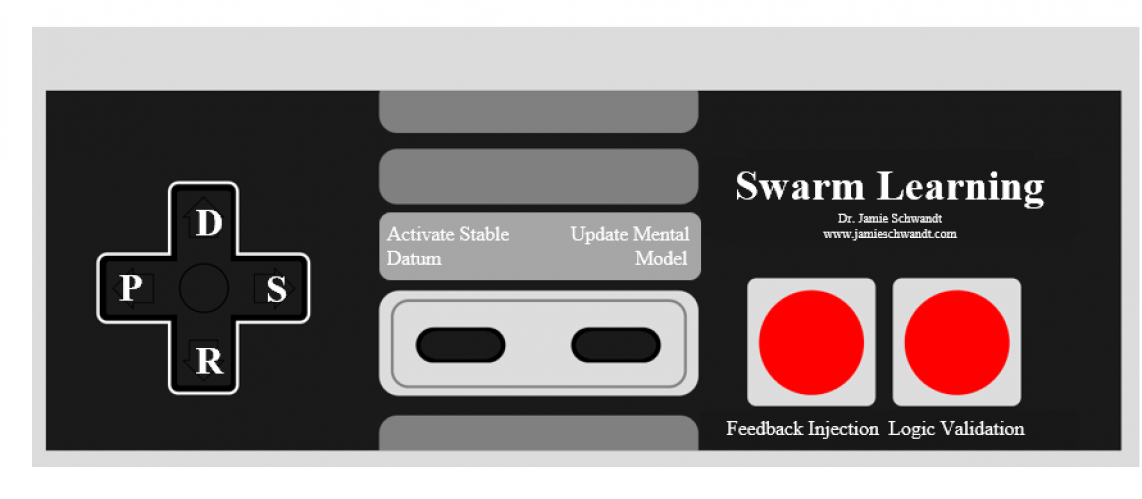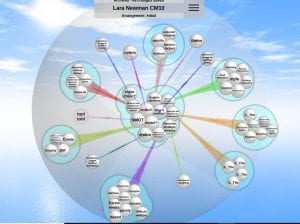How have strategies evolved?
Strategies will typically evolve from environmental pressures. The pace of change seen within evolving strategies is dictated by the life cycle, as well as some of the uncertainties within markets. Innovation also impacts evolving strategies. Rapid innovation can quickly change up a strategy, while the slower-paced innovations will take months to cause a strategy to evolve. New technology can change the needs of services.
What is strategic management?
It is a management style that requires both external and internal management functions to facilitate the development, implementation, and monitoring of strategy within an organization. There are different steps in strategic management process
- Goal formation
- Environmental Scanning
- Strategy Formulation
- Strategy Evaluation
- Implementation
- Strategic Control
What is strategy?
There are various definitions of what strategy is. It is essentially a plan of action or some type of policy that is designed to achieve an overall goal or set of goals. Strategy occurs at all levels within an organization.
What are the characteristics of strategy?
- Concerns both organizations and the environment
- Complex
- Affects the welfare of the organization
- Involves issues of content and process
- Is not purely deliberate
- Exists on different levels
- Involves various though processes
- Involves the allocation of resources
- Should be mission based
Describe the strategic process.
The strategic process provides direction, resources, and a process to successful strategies. It introduces steps to strategy that help an organization determine their vision, mission, and goals. It requires action, assigning responsibilities, assignments, expected outcomes, and follow-throughs. This process can fail if there is improper implementation.
What is the difference between vision and mission?
A mission acts as the foundation of strategic direction. It is critical to a firm’s success and allows management to keep focused on their primary purpose as an organization. A mission explains the organizations reason and purpose for being. While the mission acts as foundation of the organization, the vision is a statement that discusses what the organization wants to become. A vision focuses on the future.
What are the components of a business model?
- Customer Value- A value proposition that better meets a customer needs in terms of product differentiation, cost, and access or availability.
- Inputs: The combination of resources used to provide the product or service.
- Processes: The sequence and method resources are combined to deliver the product or service.
- Profitability: A financial mechanism to recover enough revenue to sustain the provision of the product or service.
What is the hospital business model?
- Customer Value- Employ specialties to provide value to a variety of consumers. The patients will gain value by having access to quality care at a reasonable cost.
- Inputs- Highly professionalized health care providers (nurses, physicians, RT, PT, Pharmacists, Dieticians, Lab techs, etc). Use new inputs to alter the amount of supplies and drugs being used.
- Processes- Create processes to help dictate how patients are admitted, treated, and released. Electronic medical records help drive process within hospitals. Employees should understand who does what within their facility for the process to run smoothly.
- Revenue Generation- Understand how your hospitals revenue is generated. Most revenue is generated and paid on a per use basis. Understand if your facility is a cost center.
Explain the elements of evaluating an organizational environment.
Internal environment- Understand items within the organization (employees, management, and culture).
External Evaluation
- Customers- Understand who the organizations customers are. This includes the specific segments those customers may fall into (age, geographic location, gender, income). This will help understand any changes in patient volume that may occur. Which strategies are working?
- Competition- Understand the organizations competition. This will help an organization understand who they are up against and if anything needs to be adjusted in order to compete against competitors.
- Other factors- Seek out other identifying factors like key referral sources, consumer and employee perceptions of organization, price sensitivity, capacity of competitors, and different services offered.
Describe the Five Forces Framework?
- The threat of new entrants- New entrants tend to threaten the markets. They can potentially decrease occupants market share and increase the price competition. There are certain barriers to entry that can influence the number and size of firms within a market.
- Economies of scale and high capital requirements
- Access to key resources or distribution channels
- Government restrictions
- Branding
- Exclusive and/or long-term agreements
- Excess capacity and threat of retaliation
- The threat of substitutes- This includes the costs that could potentially be incurred when a customer changes from one of their suppliers or products to a new one.
- The bargaining power of suppliers- Suppliers will gain power by the degree of importance of their produce or service. The cost of switching to a new supplier is high.
- The bargaining power of buyers- Will always seek to drive down prices and improve quality. Buyers must be informed about the product, willing to experiment with alternatives, and know how much they need to purchase. They have the power to drive prices.
- The threat of rivalry- Competitors will always be entering and leaving the market. An organization must keep an eye out for new competitors/rivals that enter the market. They will ultimately be competing for market share, as well as influence the strategies of the organization and affect the overall profitability of the industry.
What is a SWOT Analysis?
A tool that is used for evaluating an organizations competitiveness. SWOT stands for strengths, weakness, opportunities, and threats. It is a tool that is commonly used for evaluating where and organization stands. We make every client fill one of these out prior to starting their new EHR project. This allows the hospitals to have a better understanding as to where they are at as an organization. This way, they can pick a few items out to improve upon during the implementation phase.
What is a value chain?
It is an analysis that can help organizations evaluate the use of their organizational resources and capabilities. Each chain is assessed so organizations can examine and determine if the added value produced during each step. In health care, the value chain consists of two different subsystems. These subsystems are service delivery and support activities.


Terrific work, Lara!
You get the extra credit for CM10.